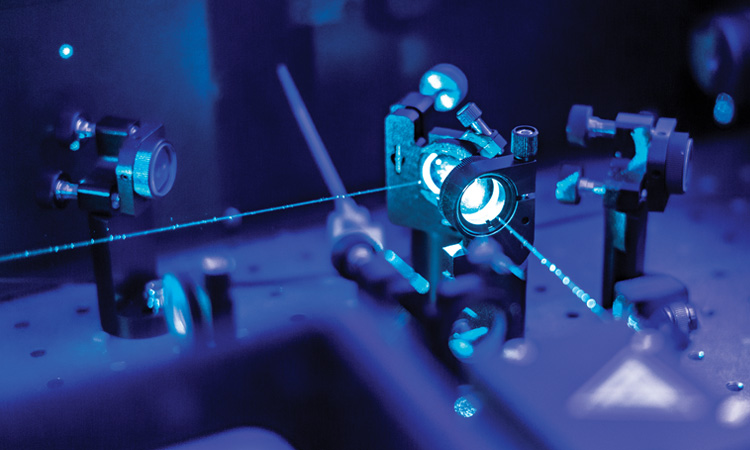Industry
Staffing the Quantum Revolution
How should the emerging quantum technology industry educate and train its future workforce?
 Optical table in a quantum lab. [Getty Images]
Optical table in a quantum lab. [Getty Images]
In the June 2022 edition of its periodic “Quantum Technology Monitor,” the consulting firm McKinsey & Co. gushed about emerging investor and commercial interest in the sector. Start-up investment in quantum tech during 2021, the firm noted, had exceeded US$1.4 billion—more than double the 2020 level. And, as another sign of the area’s emerging investment potential, McKinsey pointed to several quantum technology firms, such as the trapped-ion quantum-computing company IonQ, that had gone or would soon go public.
…Log in or become a member to view the full text of this article.
This article may be available for purchase via the search at Optica Publishing Group.
Optica Members get the full text of Optics & Photonics News, plus a variety of other member benefits.
